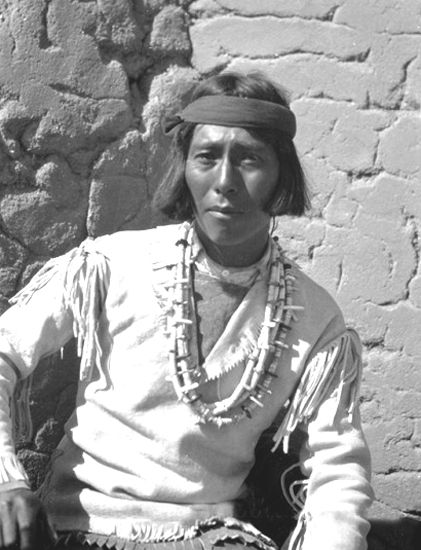
Strausenback also lithographer and artist, a copyist. Used here as logo for Trading Post and as Awa Tsireh’s personal stamp. This book will coincide with an exhibition at the Heard Museum Novemthrough July 15, 2018. Eagle & coiled snake used by Awa Tsireh in several paintings. His metalwork is further evidence that the Pueblo artists talent transcended medium, material, and milieu. The paintings of Awa Tsireh (18981955), represent an encounter between the art traditions of native Pueblo peoples in the Southwestern United States and the American modernist art style begun in New York, which spread quickly across the country.

Each piece is handcrafted using modern techniques and signed by Navajo pottery. Awa Tsirehs recognizable and charming imagery and the quality of his hand and imagination, however, illuminate all of his pieces. Vintage Native American Pottery Santa Clara Pueblo Painted Red Ware Bowl. Vintage Native American Pottery Santa Clara Pueblo Painted Red Ware Bowl. A discussion of critical responses to Awa Tsirehs art calls attention to the interpretative lenses through which early twentieth-century Pueblo paintings have. Rarely has Awa Tsirehs metalwork bought by Trading Post visitors made its way into museum collections. Identifying artist signature and the artist on a painting 1 Answers Hi. Awa Tsireh created jewelry, platters, and other serviceware at the Garden of the Gods Trading Post in Manitou Springs, Colorado, where he worked with other Native metalsmiths, many to date unidentified, in the summer months during the 1930s and 1940s. Vintage Native American Pottery Santa Clara Pueblo Painted Red Ware Bowl. This book brings together more of his metalwork than has previously been shown in one setting. Patrons and Pueblo Indian Painting, Brody was consciously writing against this ethnographic grain, thus seeking to answer debates over the art/artifact. Our traditional and contemporary Native American Indian pottery is handcrafted. out by art historians for similar reasons.3 A discussion of critical responses to Awa Tsirehs art calls attention to the interpretative lenses through which early twentieth-century Pueblo paintings have been understood. Awa Tsirehs metalwork in silver, copper, and aluminum is a completely different story. But Awa Tsirehs work is more than an amalgam of traditional and modernist design.

translated geometric pottery designs into stylized watercolors that feature the ceremonial dancers and practices of Pueblo communities. To date, the authors have documented more than four hundred of Awa Tsirehs paintings in numerous private collections and more than thirty museums. For answers, be prepared for a little detective work. He became arguably the finest Native American painter of the first half of the twentieth century. Alfonso Roybal, better known as Awa Tsireh (Cat Tail Bird in the Tewa language), was born in the small pueblo of San Ildefonso, New Mexico, in 1898.


 0 kommentar(er)
0 kommentar(er)
